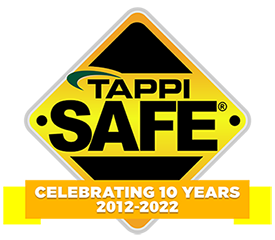 Search
Search
Use the search bar or filters below to find any TAPPI product or publication.
Filters
Content Type
Publications
Level of Knowledge
Collections
Journal articles

Magazine articles

Industry Trends in Graphic Paper, Paper360º, July/August 201
Industry Trends in Graphic Paper, Paper360º, July/August 2017
Journal articles

Magazine articles

Making the Most of Opportunity in Tissue?, Tissue360º Fall/W
Making the Most of Opportunity in Tissue?, Tissue360º Fall/Winter 2016
Journal articles

Magazine articles

Making a Difference, Paper360º November/December 2016
Making a Difference, Paper360º November/December 2016
Journal articles

Magazine articles

Kingsport Celebrates Its Centennial, Paper360º November/Dec
Kingsport Celebrates Its Centennial, Paper360º November/December 2016
Journal articles

Magazine articles

Model Behavior: Understanding Virtual Process Integration, P
Model Behavior: Understanding Virtual Process Integration, Paper360º, July/August 2017
Journal articles

Magazine articles

TAPPI News, Paper360º January/February 2017
TAPPI News, Paper360º January/February 2017
Journal articles

Magazine articles

Over the Wire, Paper360º, July/August 2017
Over the Wire, Paper360º, July/August 2017
Journal articles

Magazine articles

How to Prepare for OSHA, Paper360º March/April 2017
How to Prepare for OSHA, Paper360º March/April 2017
Journal articles

Magazine articles

RISI’s European CEO of the Year, Paper360º March/April 2017
RISI’s European CEO of the Year, Paper360º March/April 2017
Journal articles

Magazine articles

Over the Wire, Paper360º March/April 2017
Over the Wire, Paper360º March/April 2017






